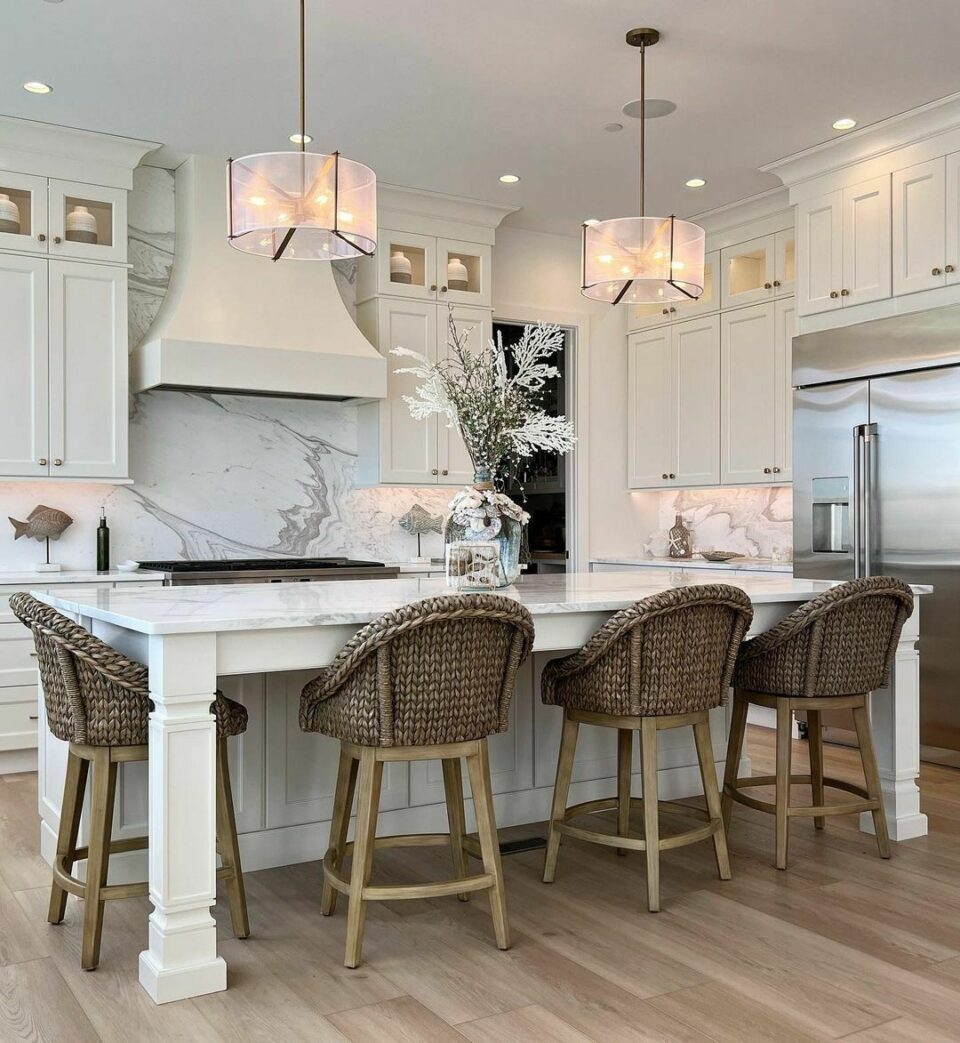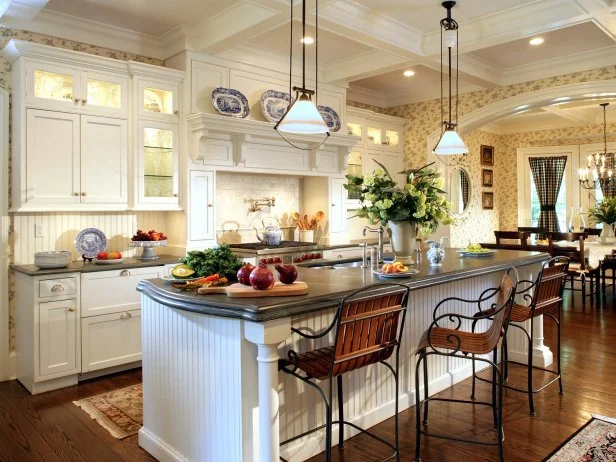Discover Affordable and Chic Solutions in Legs For Kitchen Island Updates
Discover Affordable and Chic Solutions in Legs For Kitchen Island Updates
Blog Article
Secret Considerations for Finding the very best Legs For Kitchen Area Island for Your Design
When selecting the excellent legs for your cooking area island, a number of key factors to consider come into play that can considerably impact both capability and aesthetics. The selection of height, product, and style must straighten with your overall cooking area style to ensure an unified look. In addition, stability and upkeep requirements are crucial for long-lasting use and simplicity of treatment. Comprehending these factors can boost your kitchen area's practicality and visual allure, but the subtleties of each consideration can commonly be overlooked. What ramifications might these choices have on your cooking area's total environment?
Determine Your Design Choice
Establishing your design preference is essential when choosing the suitable legs for your cooking area island. The legs of your kitchen area island not only offer a useful objective yet also add dramatically to the overall aesthetic of the area. As a result, determining your layout style-- be it contemporary, rustic, standard, or commercial-- is necessary.
For a modern kitchen, consider streamlined, minimalistic legs that enhance tidy lines and open areas. In contrast, a rustic setting might gain from even more robust, farmhouse-style legs made of redeemed products. Standard kitchens frequently favor transformed or elaborate legs, which can add a touch of style and refinement. A commercial aesthetic could call for steel legs that emphasize a raw, incomplete look.
Additionally, consider the height and proportion of the legs in relationship to the island's surface area. Inevitably, your style preference will influence not only the option of legs however additionally the total consistency of your cooking area's design.
Choose the Right Material
Selecting the best material for your kitchen area island legs is pivotal in guaranteeing both longevity and visual allure. Numerous products supply distinctive benefits, and the selection usually mirrors your layout choices and practical demands.
Timber is a prominent option, offering warmth and versatility. It can be stained or repainted to match your cooking area style, making it versatile to different styles, from rustic to contemporary. However, timber might need regular maintenance to maintain its look and stability.

If you seek a distinct touch, take into consideration acrylic or glass products. They can develop an impression of space and lightness in your cooking area, making them a superb option for smaller sized areas - Legs For Kitchen Island. Nevertheless, these alternatives may need mindful handling and upkeep to avoid scratches.
Ultimately, the material you select must straighten with your kitchen's overall style, making sure that the legs offer both attractive and useful objectives.
Consider Height and Proportions
When creating a cooking area island, elevation and percentages play an essential function in guaranteeing performance and convenience. The typical elevation for a cooking area island typically varies from 36 to 42 inches, straightening with standard counter elevations or bar elevations, respectively. This dimension is vital for harmonizing with bordering feceses and counter tops, allowing ease of use throughout dish preparation and social interactions.
Additionally, the island's percentages have to match the general kitchen layout. A well-proportioned island needs to not bewilder the space; instead, it needs to produce a balanced visual. Take into consideration the ratio between the island's size and length, ensuring it gives appropriate surface without crowding the cooking area. A basic guideline is to maintain a size of 24 to 48 inches, facilitating activity and access.
Furthermore, the elevation of the legs or base can influence the aesthetic appeal and capability. Taller legs may offer a more modern-day, airy feeling, while shorter ones can evoke a typical, grounded look. directory Ultimately, carefully taking into consideration height and percentages will cause a kitchen area island that is both aesthetically appealing and functionally reliable, enhancing the general layout of the space.
Assess Stability and Longevity
A kitchen island's legs need to not just complement its height and percentages yet also supply ample stability and sturdiness to sustain day-to-day activities. The legs are important to the total capability of the island, as they bear the weight of the counter top and any type of added lots, such as appliances or cooking tasks.
When examining security, it is critical to consider the leg design and material. Sturdy metal or solid wood legs often offer exceptional strength compared to lighter materials like engineered wood or plastic. Additionally, a wider base can enhance security, decreasing the danger of tottering or tipping during usage.
Durability is equally vital; the legs need to stand up to deterioration from day-to-day usage. Consider coatings that secure against scrapes, dents, and dampness, specifically in a cooking area atmosphere. Evaluate the high quality of construction, such as fastenings and joints, which can substantially impact the legs' long-term performance.
Eventually, purchasing well-crafted legs that prioritize stability and durability will ensure your kitchen area island stays a dependable work area for many years ahead, website here improving your culinary click over here experiences while keeping visual appeal.
Consider Maintenance and Treatment
Upkeep and care are vital factors to consider for making certain the long life and performance of kitchen island legs. When selecting legs, it is important to examine the products utilized, as various choices call for varying degrees of maintenance. For example, wood legs may need routine refinishing or sealing to avoid moisture damages and scrapes, while metal legs might require regular brightening to keep their shine and stop corrosion.
Moreover, the finish put on the legs can affect upkeep needs. A high-gloss finishing might be easier to clean however might reveal finger prints and scratches a lot more conveniently than a matte finish. It is recommended to select materials and surfaces that enhance your way of living; for instance, if you regularly host events, opt for resilient materials that can hold up against deterioration.
Furthermore, take into consideration the cleaning procedure included in maintaining these legs. Smooth surface areas commonly need marginal initiative, while complex layouts may gather dirt and gunk, necessitating more labor-intensive cleaning methods. Legs For Kitchen Island. Eventually, factoring in the maintenance and care needed for your chosen kitchen island legs will not only improve their aesthetic appeal but additionally guarantee their useful stability gradually
Final Thought
Finally, selecting the optimal legs for a cooking area island demands cautious consideration of various factors, consisting of design style, material selection, upkeep, height, and security. Each aspect plays a vital function in guaranteeing that the legs not only boost the aesthetic allure of the kitchen area but additionally supply the required assistance and toughness for daily usage. A knowledgeable decision will eventually add to a useful and visually pleasing cooking area atmosphere.
The legs of your cooking area island not just offer a practical objective however also add substantially to the overall aesthetic of the room.Upkeep and treatment are vital considerations for making certain the durability and efficiency of kitchen island legs. Wood legs might need routine refinishing or sealing to stop dampness damage and scrapes, while steel legs may require normal polishing to preserve their shine and avoid corrosion.
Inevitably, factoring in the maintenance and care needed for your picked kitchen island legs will certainly not just boost their aesthetic charm yet also ensure their practical honesty over time.

Report this page